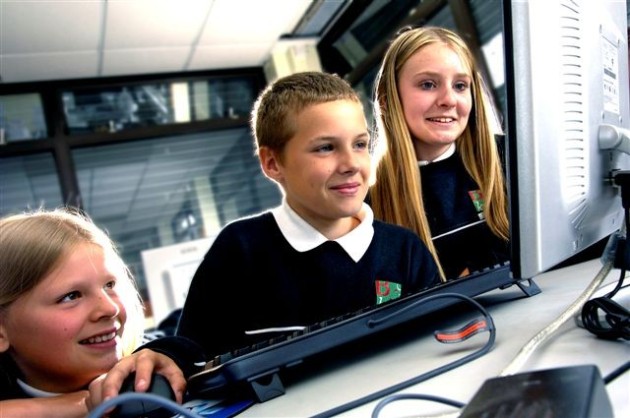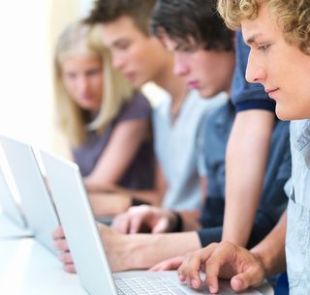The ideas put forth in the very introduction of the “Media Literacy” article I find apt and applicable, especially in my life. When I was in high school, the arts programs were constantly under attack in regards to funding, and many of my contemporaries were simply unable to take arts courses because their core classes (English, Science, Math, etc.) left no room for arts classes because they were deemed unimportant. The article correctly assesses that human brains are split into two hemispheres, and though the two sides of the brain to not specifically delineate “creative” and “empirical” thinking, this merely illustrates the fact that there is more to the learning process than just facts, figures, and rules. Creativity is a must.

Many people believe that the visual arts are a completely separate entity in terms of teaching and learning, however, any kind of visual creation is reliant on integrated thinking from various disciplines. Filmmaking, for example. It is an extremely artistic endeavor, however, it requires an innate understanding of light, of how different light sources interact and react with each other, color temperature measured in kelvin. Not only that, but it requires an understanding of sound, how images interact with each other in terms of a film’s pacing , human interaction through casting and producing, and more. It is a plethora of skills that requires use of information gleaned from all disciplines in school.

I think that the idea of teachers focusing on art with a critical thinking mindset behind it could be a great step forward in the field of teaching to allow students to both think critically and creatively at the same time. While many people believe that art is a smattering of some artist’s whim that follow no rhyme or reason, the fact is: most, if not all, professional art out there is no mere smattering of ideas and whim. While it’s true the creative portion is integral to a piece of art, the art is no mere whim, and it often adheres to rules and guidelines delineated in that particular type of art. For example, the “rule of thirds” is a basic for all photography and cinematography, that rule being: objects in the frame are more interesting when put into specific areas of the frame according to it being split into thirds. This is a very basic rule, but it causes the photographer to think about whatever shot they’re doing, how it looks, how it’s framed. He must think critically about it. Putting more emphasis on being creative but thinking critically about it seems like an excellent way to propel the next generation of sharp, creative minds.












